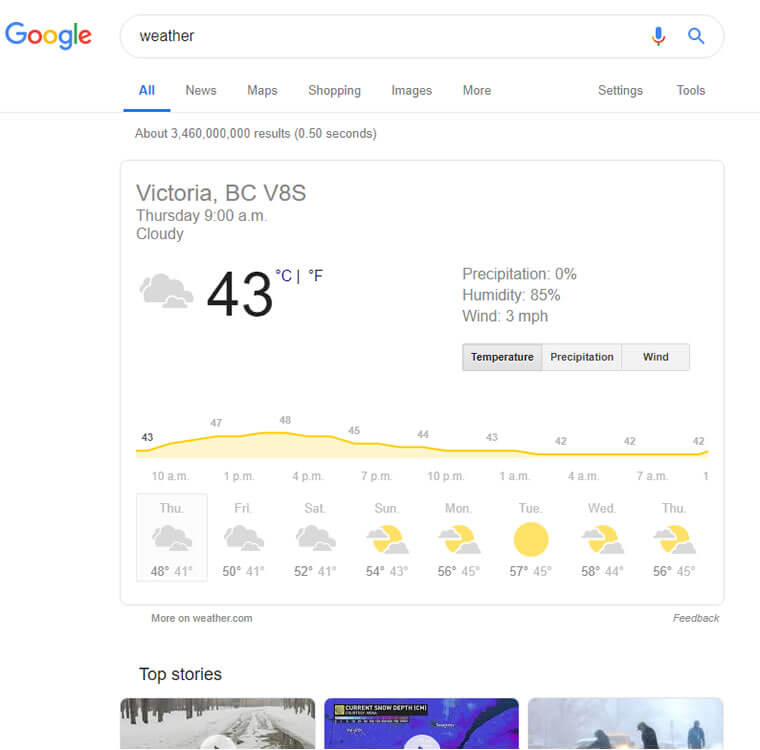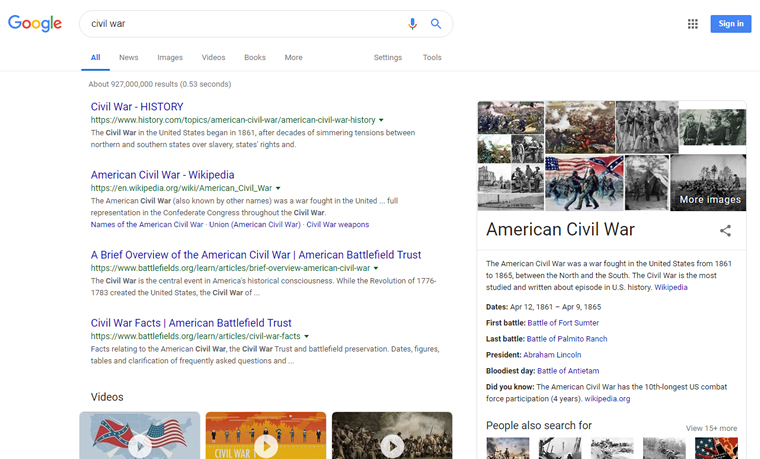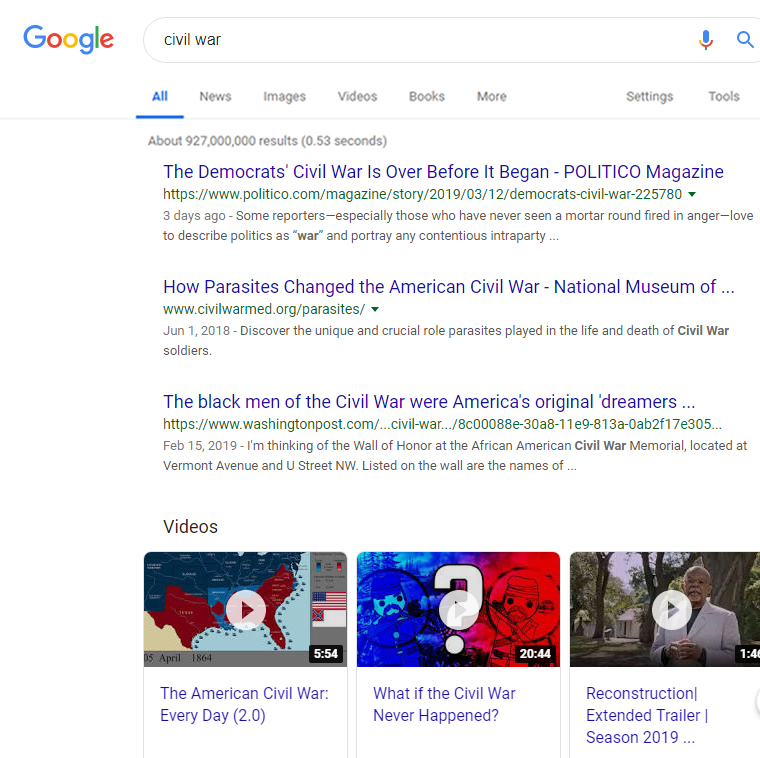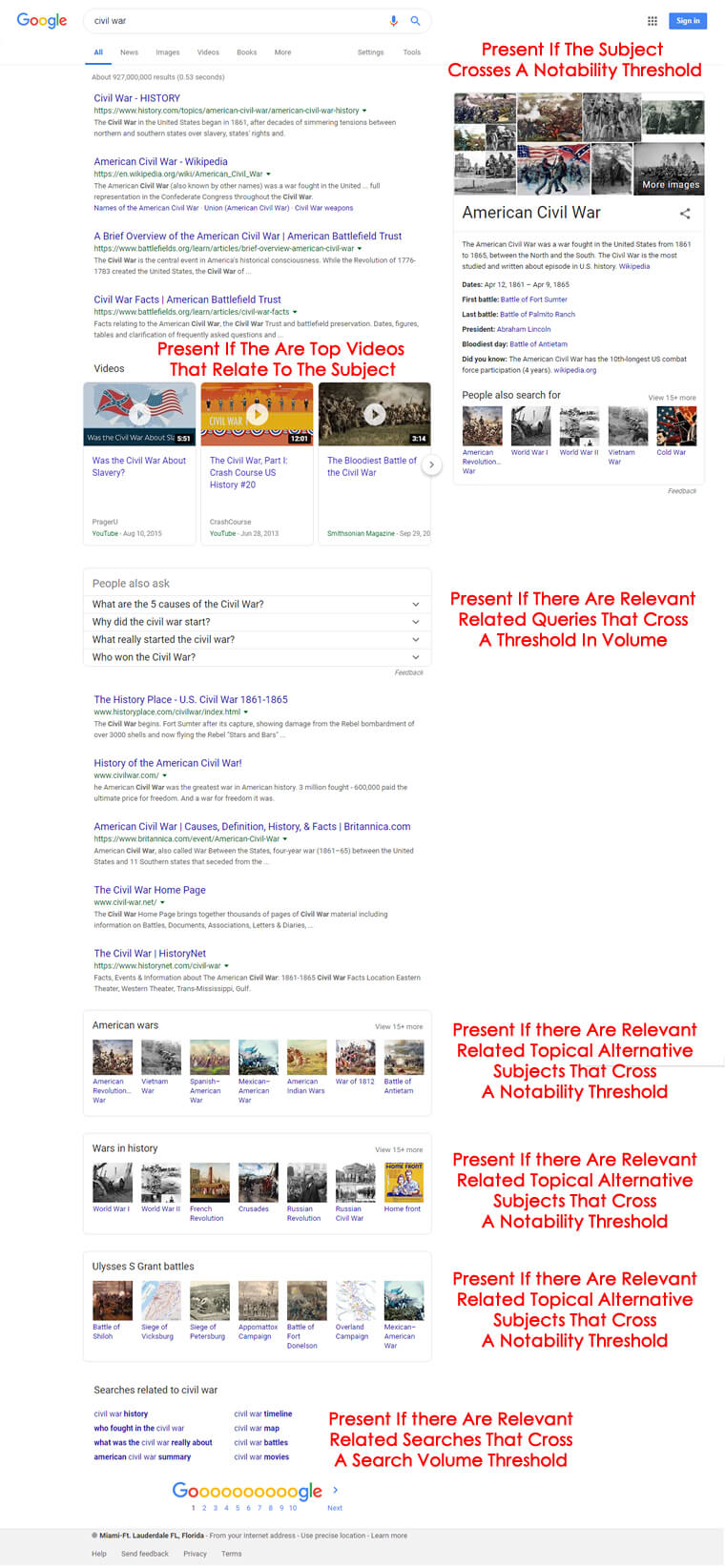How Search Engines Rank Pages

As SEO experts, we for the most part center around the inquiry, “How would I rank my page?”
A similarly, if not increasingly significant inquiry we ought to present is, “How web search tools rank pages?”
Why Search Engines Rank Web Pages
Before we jump into how web indexes rank site pages, how about we stop for a second and consider why they rank them.
All things considered, it would be less expensive and simpler for them to just show pages arbitrarily, by word check, by newness, or any of an assortment of simple arranging frameworks.
The explanation they don’t do that is self-evident. You wouldn’t utilize it.
So when we pose the inquiry about rankings, what we have to consistently remember is that the client we are attempting to fulfill isn’t our own, they have a place with the motor and the motors are crediting them to us.
On the off chance that we abuse that client, they may not come back to the motor and along these lines the motor can’t have that as their advertisement income will decrease.
I like to think about the situation like a portion of the asset pages on our own site.
On the off chance that we suggest an instrument or administration, it depends on our involvement in them and we accept they will serve our guests too. In the event that we hear they don’t, at that point we will expel them from our site.
That is the thing that the motors are doing.
Be that as it may, how?
Disclaimer
I don’t have listening in gadgets at Google or Bing.
Google makes them sit around my work area and another I haul around with me when I’m not at it, yet for reasons unknown, the message pickup doesn’t work the other way.
I express this to clarify that the accompanying blueprint depends on around 20 years of watching the web search tools develop, understanding licenses (or all the more regularly – Bill Slawski’s investigation of licenses), and beginning every day for a long time by assessing the goings-on in the business from SERP format changes to acquisitions to calculation refreshes.
Take what I am stating as an informed breakdown that is ideally about 90% right.
In case you’re asking why I think 90% – I gained from Bing’s Frédéric Dubut that 90% is an extraordinary number to utilize while guesstimating.
It’s Only A Simple 5 Steps – Easy
There are five stages to the total procedure of positioning a page.
I am excluding the specialized difficulties like burden adjusting and I’m not discussing each different sign computation.
I’m simply discussing the center procedure that each inquiry needs to experience to begin its life as a data solicitation and end it as a lot of 10 blue connections covered underneath an ocean of promotions.
Comprehend this procedure, comprehend what it’s identity is intended to serve, and you will be en route to considering how to rank your pages to their clients.
I likewise feel it’s important to take note of that the words utilized for these means are mine and not some kind of legitimate name.
Don’t hesitate to utilize them however don’t anticipate that any of the motors should utilize a similar wording.
Stage 1: Classify
The initial phase in the process is to order the inquiry coming in.
The grouping of the inquiry gives the motor the data it needs to play out the entirety of the accompanying advances.
Before complex grouping could occur (read: back when the motors depended on watchwords rather than substances) the motors fundamentally needed to apply similar signs to all questions.
As we will investigate further underneath, this is not true anymore.
It’s in this first stage the motor will apply such names (once more, not a specialized term but rather a simple method to consider it) to a question, for example,
YMYL
Neighborhood
Inconspicuous
Grown-up
Question
I have no clue about what number of various orders there are nevertheless the initial step the motor would need to make is to figure out which apply to some random question.
Stage 2: Context
The second step in the positioning procedure is to appoint setting.
Where conceivable, the motor needs to consider any pertinent data they have on the client entering the inquiry.
We see this consistently for questions, even those we don’t inquire. We see them here:

The last mentioned, obviously, being a case of where I didn’t explicitly enter the question.
Basically, the second stage in the process is for the motor to figure out what natural and verifiable variables become possibly the most important factor.
They know the classification of the question, here they apply, decide, or pull the information identified with components esteemed applicable for that inquiry classification and type.
A few instances of natural and verifiable data that would be considered are:
Area
Time
Regardless of whether the inquiry is an inquiry
The gadget being utilized for the inquiry
The arrangement being utilized for the question
Regardless of whether the inquiry identifies with past questions
Regardless of whether they have seen that inquiry previously
Stage 3: Weights
Before we make a plunge let me solicit you, how wiped out would you say you are of finding out about RankBrain?
Indeed, lock in light of the fact that we’re going to bring it up again yet just for instance of this third step.

Before a motor can figure out what pages should rank they first need to figure out which signs are generally significant.
For a question like [civil war] we get an outcome that resembles:

Strong outcome. Yet, what occurs if newness had assumed a solid job? We’d end up with an outcome progressively like:
In any case, we can’t preclude newness. Had the question been [best appears on netflix], I’d care less about power and increasingly about how as of late it was distributed.
I scarcely need an intensely connected piece from 2008 sketching out the best DVDs to arrange on their administration.
In this way, with the inquiry type close by just as the setting components pulled the motor would now be able to depend on their comprehension of which of their signs applies and with which weightings for the given blends.
A portion of this can absolutely be cultivated physically by the numerous gifted architects and PC researchers utilized and some portion of it will be dealt with by frameworks like RankBrain which is (for the 100th time) an AI calculation intended to alter the sign loads for already inconspicuous inquiries however later brought into Google’s calculations in general.
With the explanation that generally 90% of its positioning calculations depend on AI, it can sensibly be expected that Bing has comparative frameworks.
Stage 4: Layout
We’ve all observed it. Actually, you can see it in the common war model above. For various questions the indexed lists page design changes.
The motors will figure out what potential organizations apply to a question plan, the client running the inquiry, and the accessible assets.
The full page of the SERP for [civil war] resembles:

I’ve put an informed conjecture on the center factor used to decide when every component is available.
In all actuality, it’s a moving objective and depends on an information on elements, how they associate, and how they are weighted.
That is a profoundly perplexing subject so we won’t plunge into it here.
What’s imperative to comprehend with regards to this piece is that the various components of some random indexed lists page should be resolved pretty much on the fly.
This is to state, when an inquiry is run and the initial three stages finished the motor will reference a database of the different potential components to embed onto the page, the potential arrangements, and afterward figure out which will apply to the particular question.
While this would be valid for rare inquiries, for basic questions almost certainly, the motors keep a database of which components they have just determined to fit the probable client aim to not need to process that each time.
I would envision there is a period limit on it after which it revives and I presume that it invigorates the full section at time of low use.
In any case, proceeding onward, the motor presently knows the grouping of an inquiry, the setting the data is being mentioned in, the sign loads that apply to such a question, and the format well on the way to meet the different potential goals for an inquiry.
At long last, it’s the ideal opportunity for positioning.
Stage 5: Ranking
Curiously, this is presumably the most straightforward advance of the procedure, however not as solitary as one would might suspect.
At the point when we consider natural rankings we think about the 10 blue connections. So how about we start there and take a gander at the procedure up to this point:
The client enters a question.
The motor thinks about the kind of inquiry and groups it to comprehend what key standards apply at a significant level dependent on comparable or indistinguishable past question connections.
The motor thinks about the client’s situation in reality to think about their feasible purposes.
The motor takes the inquiry groupings and client explicit signals and uses this to figure out which signs should hold what loads.
The motor uses the above information to likewise figure out which designs, groups, and extra information may fulfill or enhance the client’s goal.
With this close by and with a calculation previously composed, the motor needs essentially do the math.
They will pull in the different locales that can be considered for positioning, apply the loads to their calculations, and crunch the number to decide the request that the destinations ought to show up in the indexed lists.
Obviously, they should do this for every component on the page in different manners.
Recordings, stories, substances, and data all change, so the motors need to arrange the blue connections as well as everything else on the page also.
In Short
The positioning of the site is simple. It’s assembling everything to do it that is the genuine work.
You may ask how understanding this can assist you with your SEO endeavors. It resembles understanding the center elements of how your PC functions.
I can’t construct a processor, yet I comprehend what they do, and I realize what attributes make for a quicker one and how cooling impacts them.
Knowing this outcomes in me having a quicker machine that I have to refresh and overhaul far less regularly.